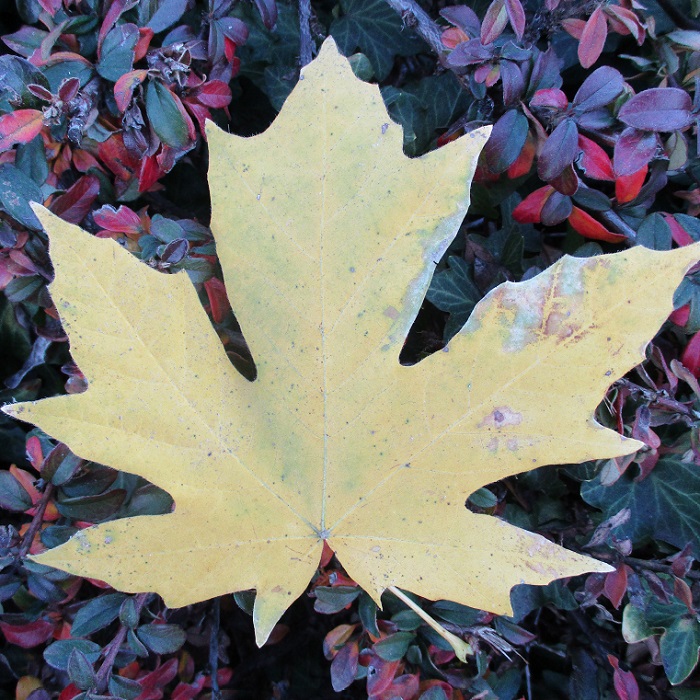UNITED STATES—Autumn is for planting. Cliche? Yes, but true. Autumn is when most plants are beginning dormancy, and are therefore not so bothered by the discomforts associated with transplant. The weather is cooler and wetter, so that even if they are bothered, such discomforts are not as discomforting as they would be in summer. Once in the ground, plants have a few months to recover before spring.
The two main exceptions to the rule that ‘autumn is for planting’ are plants that are sensitive to frost, and bare root plants. Plants that are sensitive to frost should obviously be planted after the last frost date, at the far end of winter. Bare roots plants do not wait that long, but should wait until they are completely dormant in mid-winter before being dug, separated from their soil, and relocated.
Dormant bulbs and bulb like plants, including corms, rhizomes, tubers and tuberous roots, epitomize the autumn planting rule. They must be planted while dormant in autumn or winter. They arrive in nurseries about the same time that they should be planted into the garden. Spring blooming bulbs become available and should be planted earliest. Summer bulbs become available a bit later.
Daffodil, narcissus, tulip, crocus, hyacinth, grape hyacinth, freesia, anemone, ranunculus, montbretia, crocosmia, most lily and some types of iris will all want to get into the ground when the rain starts. Rain leaching through the soil around them, as well as cooler temperatures through winter, tell them what time of year it is, so that they will be ready to bloom when weather warms in spring.
Each type of bulb prefers to be planted at a particular depth. Bearded iris rhizomes want to be buried horizontally, just below the soil surface. As long as the latest get planted within their respective planting season, some types of bulbs can be planted in phases every week or two, so that a later phase starts to bloom as an earlier phase finishes. Daffodil, narcissus and especially grape hyacinth have the potential to naturalize and bloom annually. Montbretia and crocosmia can be downright invasive.
Highlight: bigleaf maple
It is native from the extreme southern tip of Alaska to the extreme southwestern corner of California, but not many of us will see bigleaf maple, Acer macrophyllum, in our neighborhoods. It is planted only rarely, particularly where winters are mild. Relative to other maples, its roots can be more aggressive, and its shade can be darker, so it is likely to interfere with lawn and other plants.
Mature trees in exposed situations can get more than 50 feet tall and quite broad. Old wild trees that compete with other trees in a forest can get three times as tall! The big palmate leaves from which the name is derived are about half a foot to a foot wide, and can get a two feet wide on the most vigorous or shaded growth. They turn a nice golden yellow in autumn, even in mild climates.
Bigleaf maple is like the sugar maple of the West. The sap can be processed into maple syrup and sugar. The wood is made into furniture and musical instruments. The very ornamental wood known as bird’s eye maple is derived from burl growth of various maple specie, particularly bigleaf maple. Bigleaf maple is uncommon in landscapes only because it is so aggressive and big.
Horticulturist Tony Tomeo can be contacted at tonytomeo.com.






